The 4 Interesting Celtic Festivals that Make up the Celtic Year
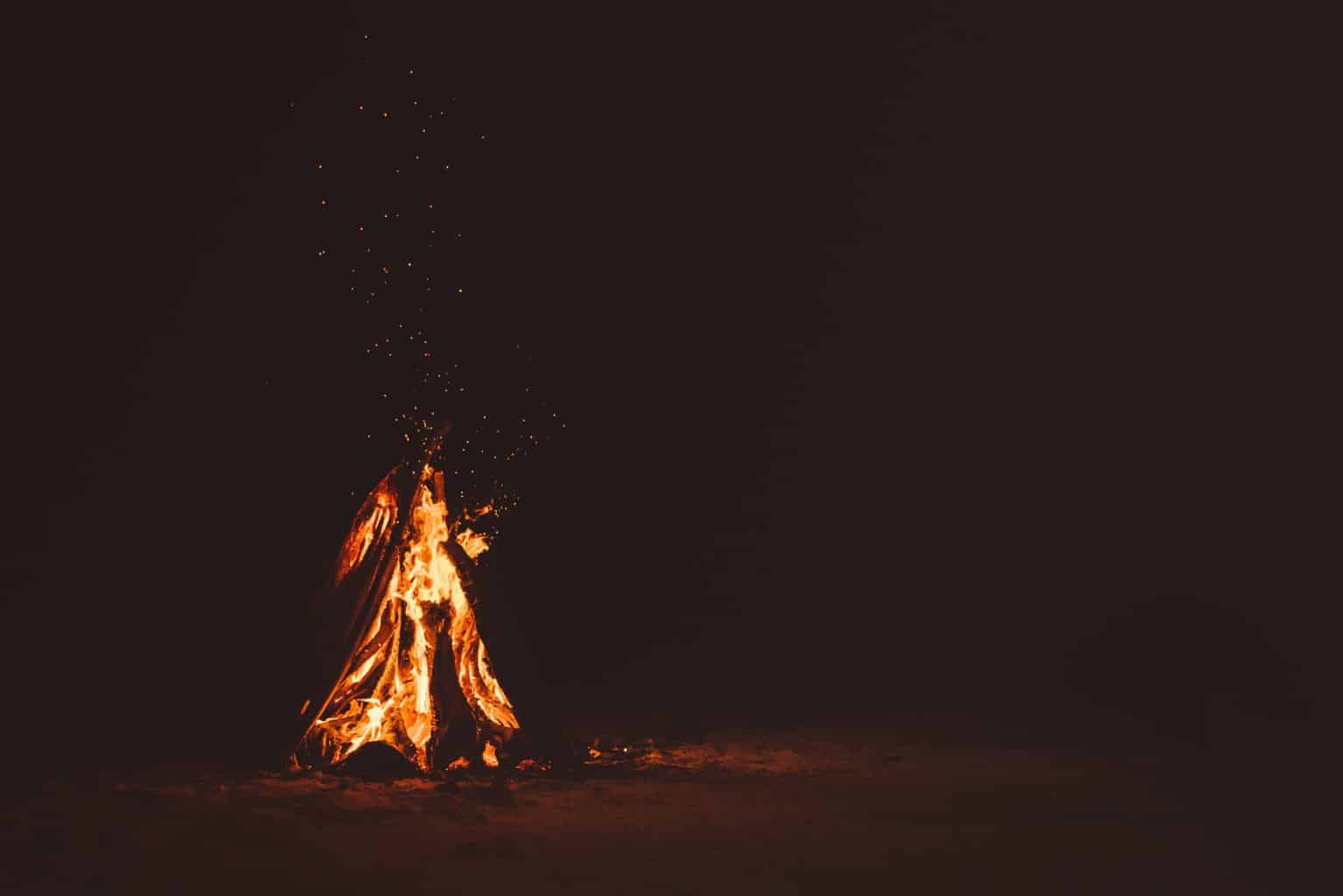
Updated On: April 16, 2024 by Ciaran Connolly
The Celts celebrated 4 major Celtic festivals: Imbolc, Bealtaine, Lughnasadh and Samhain. In this article, we will discuss each pagan festival that took place during the Celtic year. The Celtic calendar celebrated 4 major festivals throughout the year.
The Celts were a group of people that arrived in Ireland around 1000 BC. They left their mark on many places in Western Europe, including the UK, France, and Spain, but they are most commonly associated with Ireland. Celtic customs and festivals have been preserved on the Emerald Isle.
Did you know that even if you are not Irish, you probably celebrate a modern version of one of these pagan festivals? Many festivals have evolved over time; Irish people celebrate Christian holidays that actually began as Celtic pagan festivals.
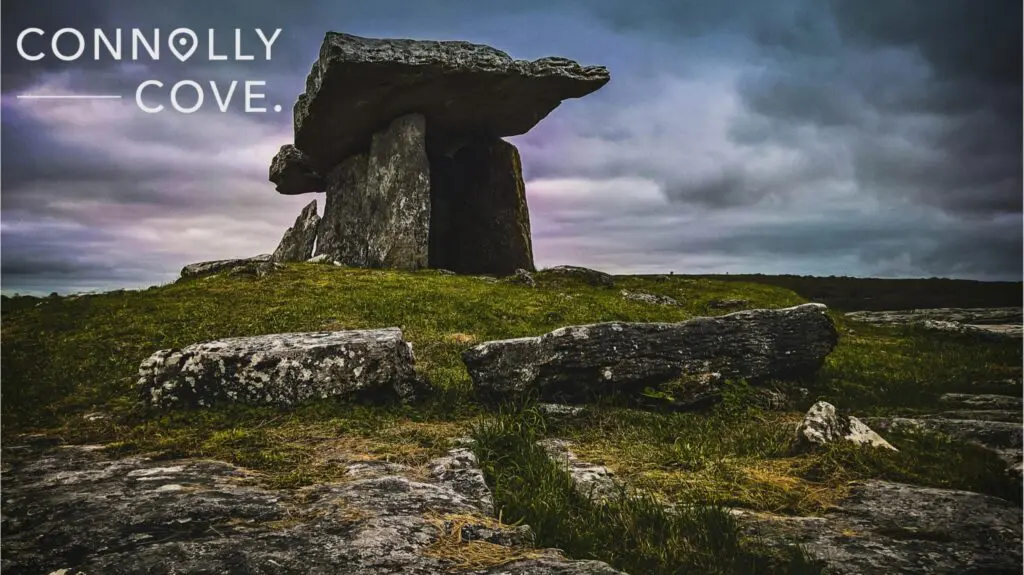
It’s worth noting that we are not talking about music festivals (though we do have a separate article for Irish music festivals!). A festival means a day or period of celebration, and historically, it was often used in relation to worship or religion.
In this article, we will explore the four Celtic festivals, explaining why, when and how they were celebrated, as well as interesting facts about each event in the Celtic Year. We will also examine the ways in which the festivals have changed over time.
Table of Contents
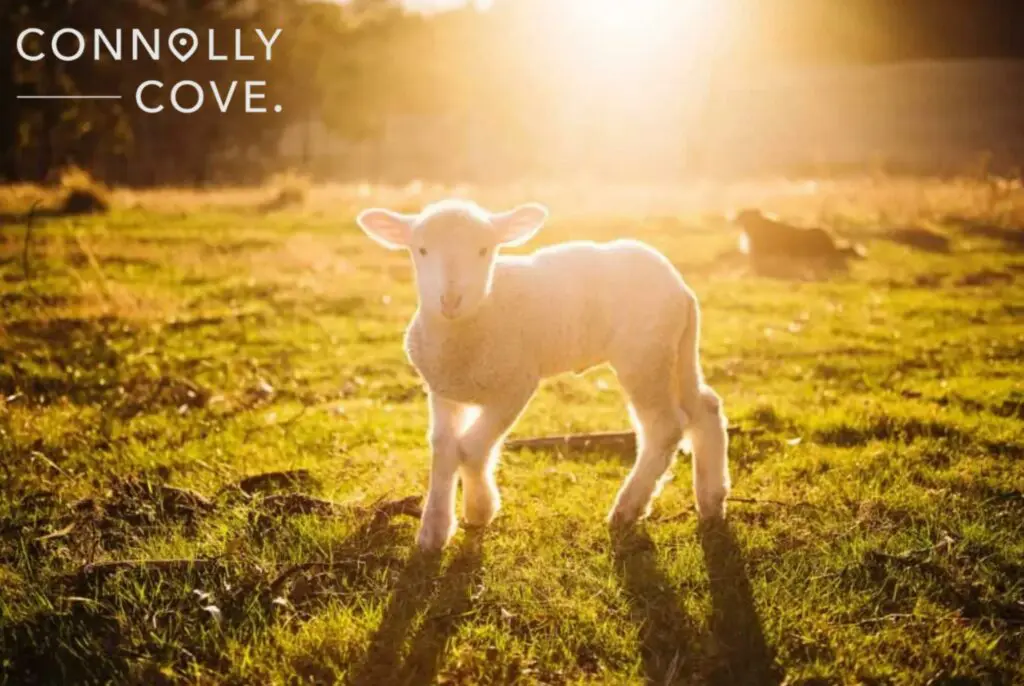
Celtic Festivals: Imbolc
Imbolc is one of the four principal festivals of the Irish calendar. It is celebrated among Gaelic people and other Celtic cultures either on the 1st of February or at the first local signs of Spring. Historically, the date of the Celtic Festival wasn’t fixed as the beginning of Spring could change from year to year, but the first of February was the most standard date to celebrate.
Imbolc falls halfway between the Winter Solstice and the Spring Equinox. It marked the beginning of Spring in the Celtic year. Imbolc translates from the Old Irish ‘Imbolg‘, which means “in the belly”—a reference to the early spring pregnancies of ewes. Sheep were the first animals to produce offspring traditionally, as they could survive pregnancy during the harsh winters better than cattle.
Other theories state that Imbolc was a time of ritual cleansing similar to the ancient Roman festival of Februa, which took place at the same time and marked the beginning of spring and renewal of life. The beginning of the lambing season was the first sign of hope that the Winter season was over, so both of these theories are plausible.
The 1st of February also celebrates the Christian Saint Brigit. In Irish, it is often called ‘Lá Fhéile Bríde‘, which means St. Brigit’s Day or Festival. It is believed that Imbolc celebrated the goddess of fire and light, Brigid, who was also a member of the Tuatha de Danann. She was a goddess of healing, fertility, the hearth, and motherhood.
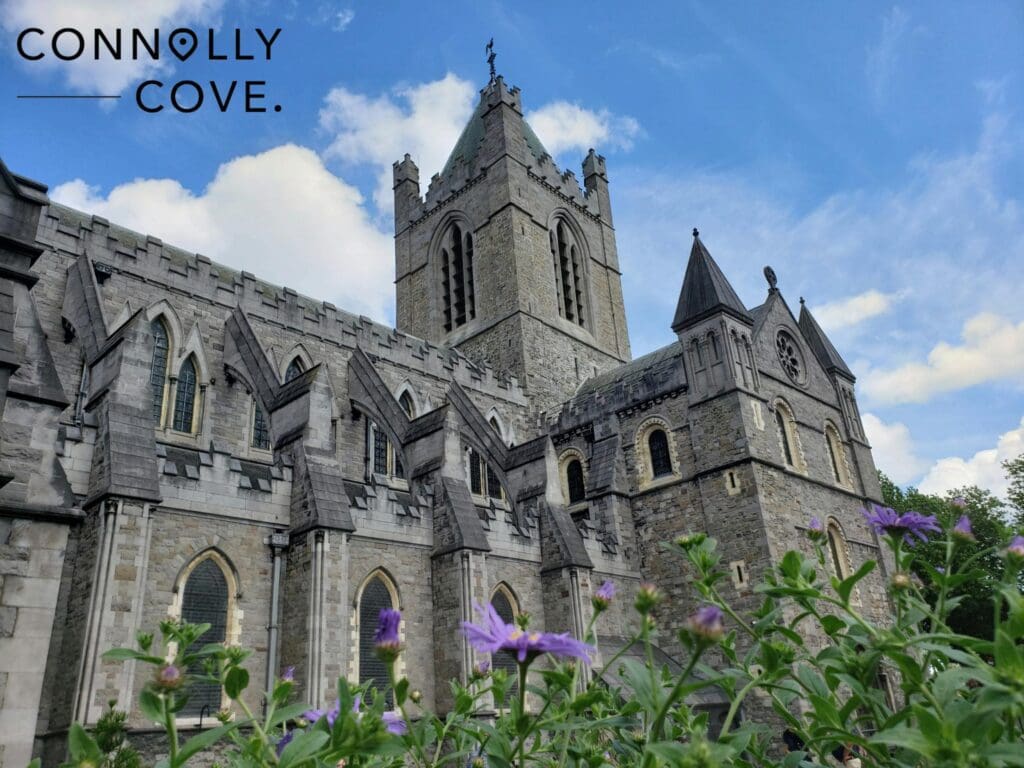
It is believed that the pagan festival of Imbolc, which celebrated the goddess Brigit, was Christianised as the feast day of Saint Brigid. It was not unusual for parts of the pagan faith to be adapted into Christian values when the first Christian missionaries arrived in Celtic Ireland.
The pagan goddess Brigid was immensely popular due to the many positive things she represented, so it would have been very difficult to remove her from society. She was the patron of many things, including midwives and newborns, blacksmiths, dairymaids and farmers, animals, sailors and many more. Because of this, it was easier, in theory, to introduce an acceptable Christian version or alternative.
Brigid is believed to be a real person, although there were very few records of her life taken until hundreds of years after her death, so she could have taken the name Brigid intentionally when becoming a nun.
Because there were very few records of her life, many legends of St. Brigid are folkloric in nature and include magical elements, such as the miraculous cloak of Brigid that stretched for miles to allow her to build a monastery in Kildare.
There are a few passage tombs in Ireland aligned with the sunrise at Imbolc and Samhain, including the Mound of the Hostages on the Hill of Tara and Cairn L at Slieve na Calliagh. If you are able to visit, these historic locations are great destinations to see while in Ireland.
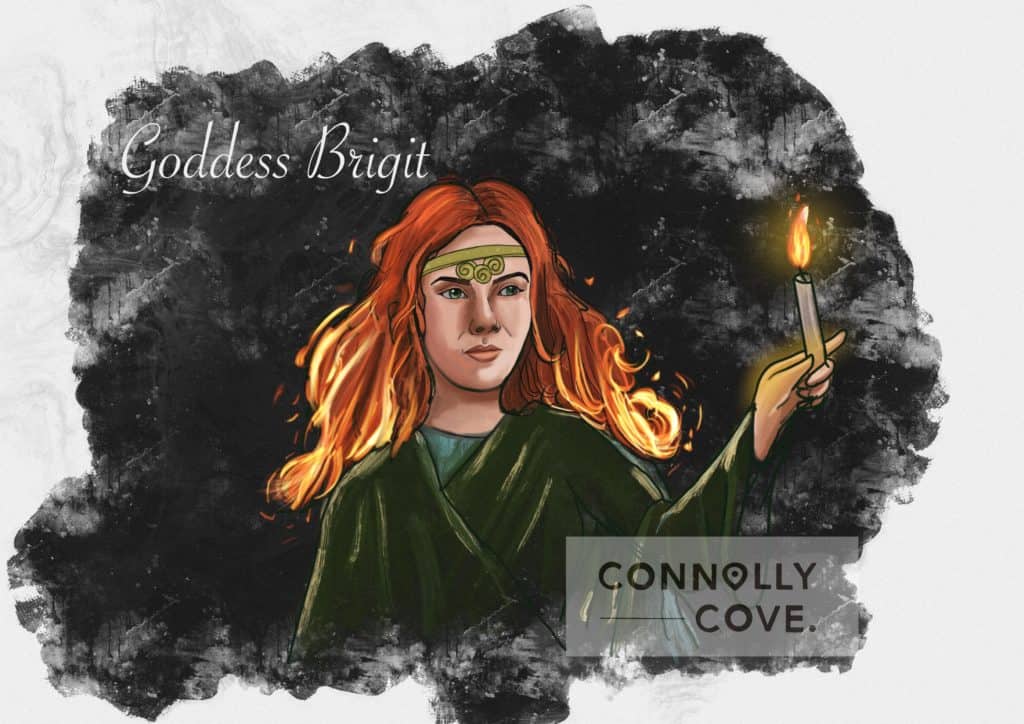
St. Brigid’s Day Traditions during the Celtic Festival
Holy Wells
Traditions included visiting Holy Wells (either a pagan or Christian well, depending on the time period). The Holy Wells in Ireland are natural springs or wells that have been traditionally associated with religious and spiritual significance. They have a long history in Irish culture and are often places of pilgrimage, prayer, and healing.
The wells are often associated with saints, religious figures, or local legends and are believed to have special powers or blessings. Many are pilgrimage sites that people visit to seek spiritual blessings, healing, or to fulfil vows and penances. Pilgrims often walk to these wells as part of a religious ritual.
At Holy Wells, visitors may engage in various rituals, such as walking around the well in a specific pattern, saying prayers, or leaving offerings like coins, pieces of cloth, or religious tokens. Additionally, some Holy Wells are known for their healing properties. It is common for people to wash or drink the water from these wells in the belief that it can cure ailments or bring good health
Brigid’s Cross
According to tradition, families would gather rushes on the 31st of January and weave them into the cross shape. The cross was left out overnight to receive Brigid’s blessing, and on the first of February, the cross would be placed in the home. People left other things outside, including clothing or strips of cloth that would have healing powers after Brigid blessed them.
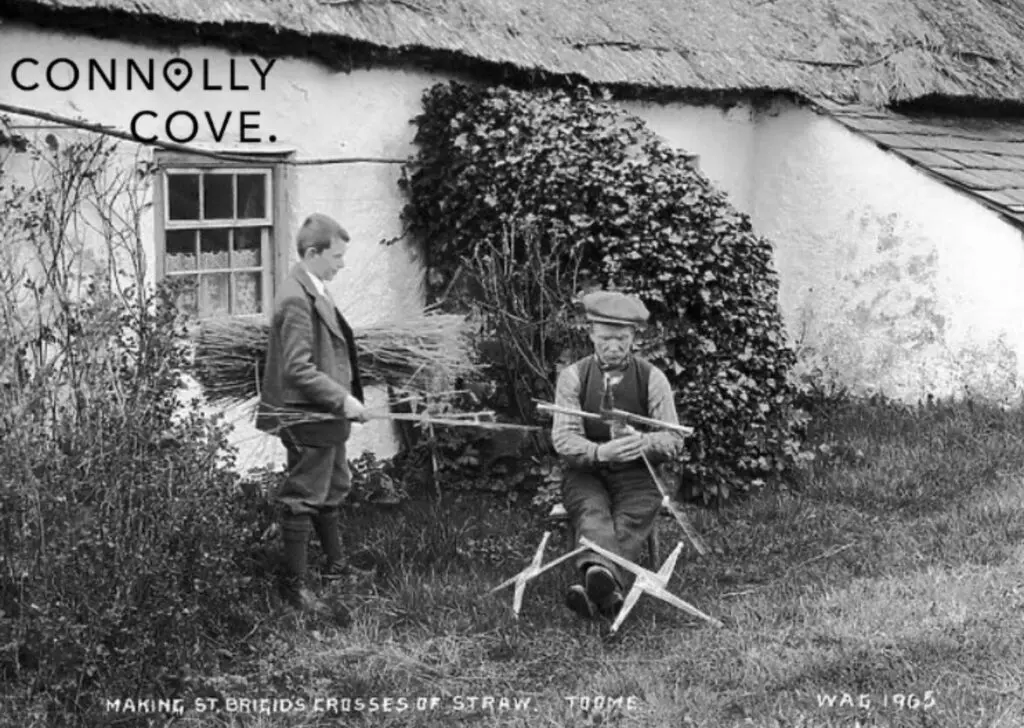
A special meal would be eaten on Saint Brigid’s Eve, and often, food would be set aside for Brigid. Then, the old Saint Brigid’s cross would be moved to the stable to bless the farm, as Brigid was also associated with agriculture. Nowadays, the cross is brought to mass and blessed on the first of February.
The Christian version of the story goes that Saint Brigid used the rushes to make a cross when explaining Christianity to a pagan chieftain on his deathbed. In some versions of the story, the chieftain was so moved by Brigid that he asked her to convert him to the new faith before he passed away.
There is a theory that the Imbolc cross dates back to pagan times. The lozenge or diamond shape is a common pagan motif on passage tombs in Ireland, and the practice of placing the cross over the hearth or entryway of a home as a blessing could be a nod to the goddess Brigid. It is possible that Christian missionaries added the arms to the lozenge to make the distinctive cross-shape
Today, the Brigid cross is one of the national symbols of Ireland. Many Irish people grew up making these crosses in school during St. Brigid’s Day. In 2023, Imbolc became the fourth and final of the four traditional Celtic seasonal festivals to be made into a public holiday by the Government of the Republic of Ireland.
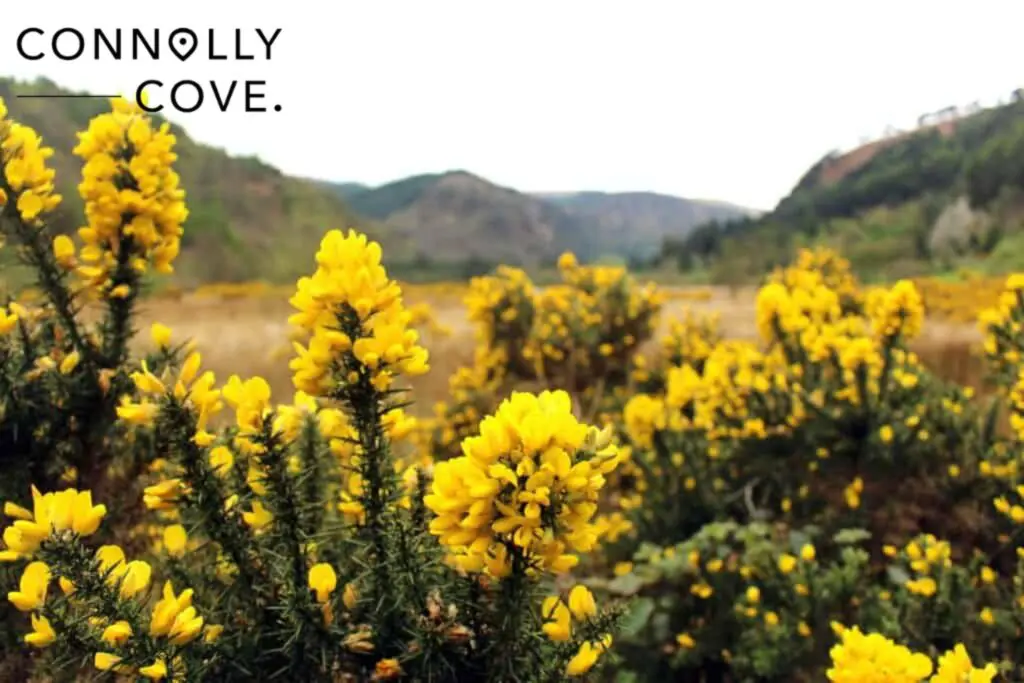
Celtic Festivals: Bealtaine
Halfway between the spring equinox and the summer solstice, the pagan festival of Bealtaine is the Gaelic version of May Day, a European festival that marks the beginning of Summer. Bealtaine takes place on 1st May, celebrating the beginning of Summer in the Celtic Year. The word Bealtaine is still used to describe the month of May in modern Irish.
Bealtaine celebrated the start of summer, which was the time at which cattle were driven out to higher pastures, which was a common farming practice at the time. Rituals were held in the hopes of protecting cattle, people, and crops and encouraging crop growth.
This protection was from both natural and supernatural threats as it was believed that the aos sí, remnants of the pagan gods of Ireland and spirits known as the fairy folk, were most active at this time of year.
Traditions of the Celtic Festival Bealtaine
Bonfires were kindled as part of Bealtaine traditions. It was believed that the smoke and ashes of the fire had protective powers. People would extinguish the fires in their homes and relight them from the Bealtaine bonfire.
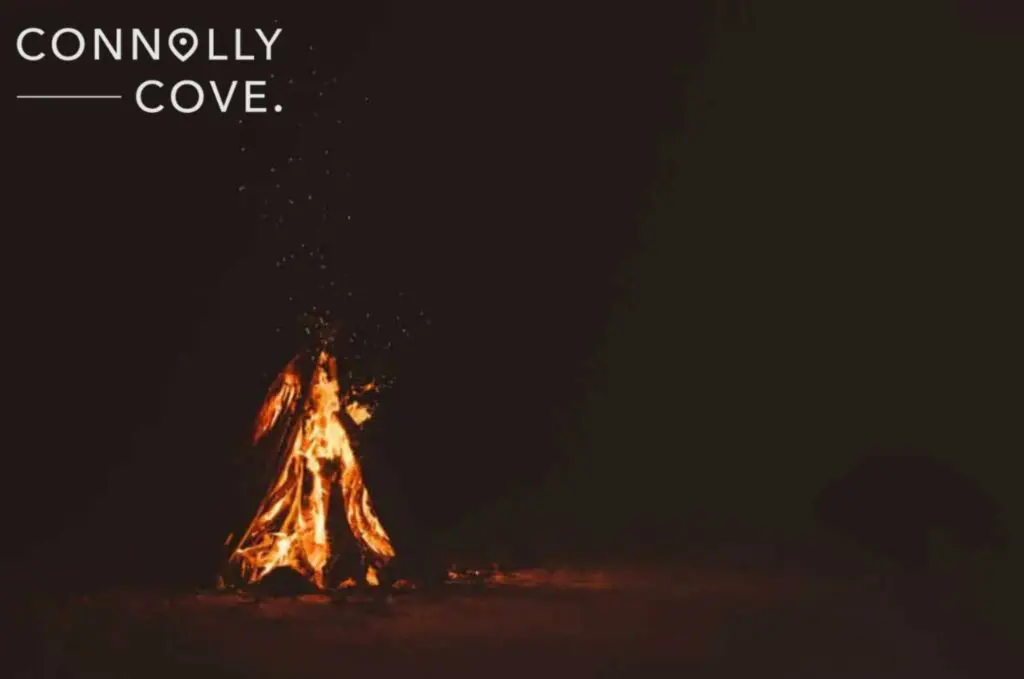
Feasts would be held, with some of the food and drink offered to the aos sí, or the fairies of Ireland who were believed to have descended from the Tuatha de Danann, Ireland’s most ancient supernatural race of Gods and Goddesses. Homes, sheds and livestock would be decorated with yellow May flowers. Holy wells were visited, and Bealtaine dew was believed to bring beauty and maintain youthfulness.
Celtic Festivals: Lughnasa
Lughnasa is a Gaelic festival marking the beginning of the harvest season. Lughnasa takes place on the 1st of August, halfway between the summer solstice and autumn equinox. The pagan festival is named after Lugh, the Celtic god of the sun and light. Today, Lúnasa is the Irish word for August in modern Gaeilge.
Lugh was an all-powerful god, fierce warrior, master craftsman and the rightful king of the Tuatha de Danann. Lugh was also the father of the mythical hero Cú Chulainn. The Celts believed that Lugh fought two deities each year to guarantee a successful harvest for his people.
One god, Crom Dubh, guarded the grain which Lugh tried to seize. Sometimes, the grain itself was personified by a woman called Eithne or Ethniu (which literally means grain in English). According to Celtic mythology, Eithne was Lugh’s birth mother.
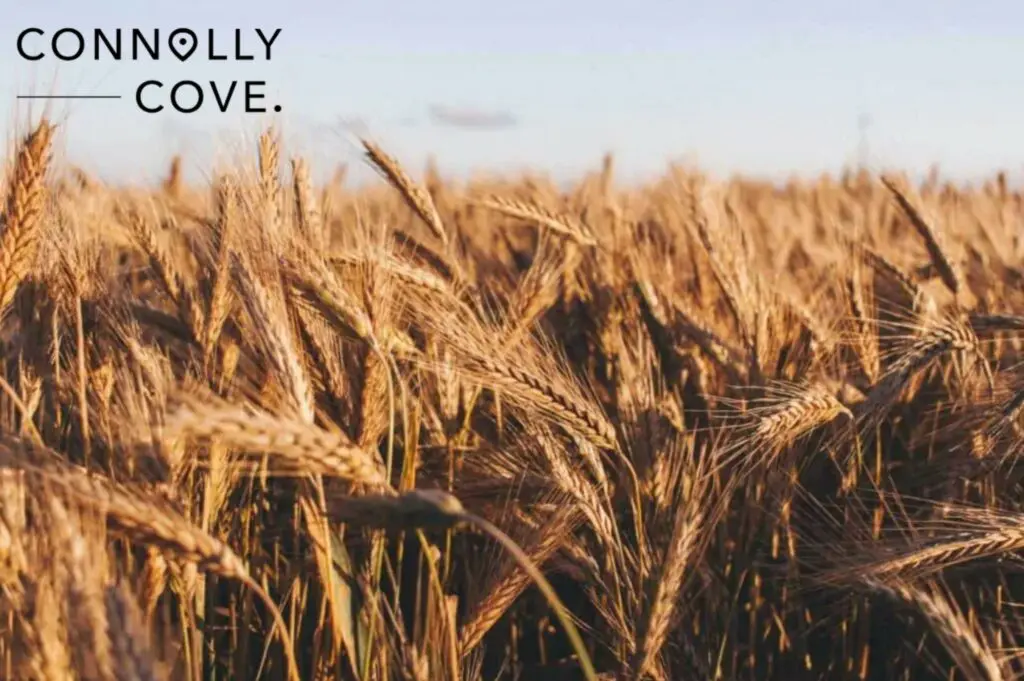
Lugh also battled a figure representing blight, who is sometimes depicted as Balor of the evil eye. Balor was Eithnu’s father who locked his daughter away in an isolated castle after hearing a prophecy that his grandson would kill him. The story mirrors the Greek story of Hades and Persephone.
Lughnasadh was a time of unpredictable weather in Ireland, so this festival could have been a way for people to hope for good weather, which would have improved the yield of a harvest.
Traditions of the Celtic Festival Lughnasadh
Many traditions seen in other festivals were enjoyed during Lughnasadh, including feasts and visits to holy wells. However, one of the most interesting traditions for Lughnasadh was the mountain pilgrimages and ritual athletic contests, most notably the Tailteann Games.
The Tailteann games were also known as funeral games or athletic games held in honour of a recently deceased person. According to legend, Lugh named the games after his foster mother, Tailtiu. He allegedly buried her in an area that is now called Tailteann in Co. Meath.
A truce was made during the festival, as rival kings came together to celebrate Tailtiu’s life. Some legends claim that she was an earth goddess. Pairc Tailteann in Co. Meath is the home of the county’s GAA football and hurling teams.
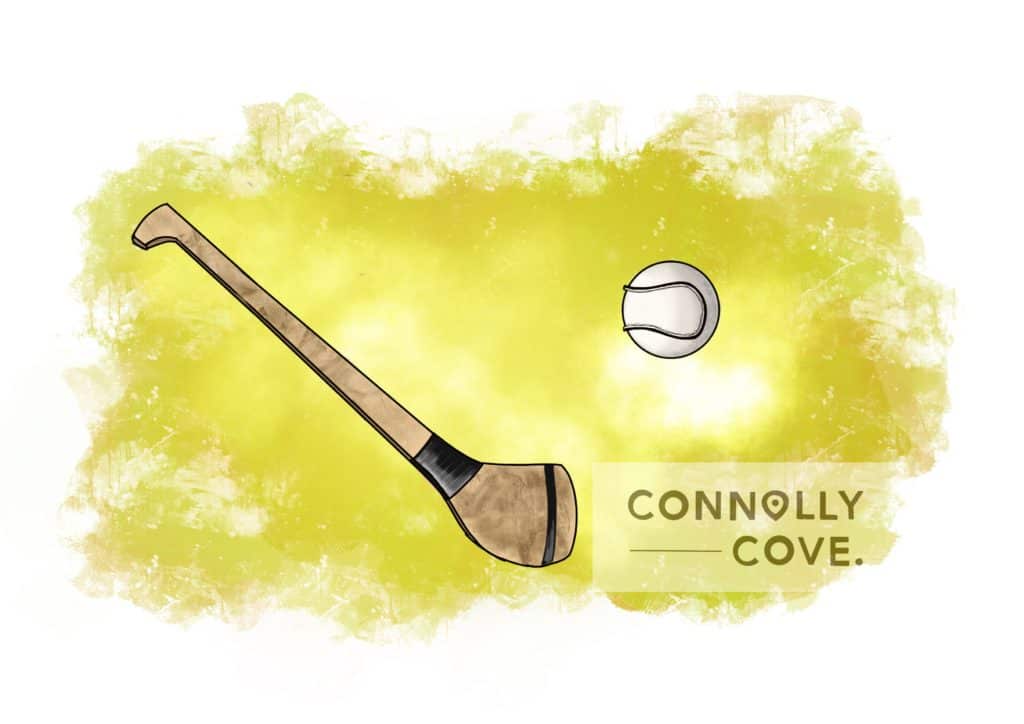
The games were called the Óenach Tailten or Áenach Tailten and were similar to the Olympic Games, including athletic and sporting contests, horse racing, music, art, storytelling, trading and even a legal portion. This legal portion of the festival included proclaiming laws, settling disputes and drawing up contracts. There was also a match-making contest.
Matchmaking involved a trial marriage between young couples who joined hands through a hole in a wooden door, unable to see each other. The trial marriage lasted a day and a year, after this time the marriage could either be made permanent or broken without any consequences.
Many Activities took place on top of hills and mountains during Lughnasadh. This became a Christian pilgrimage known as Reek Sunday. On the last Sunday in July, pilgrims climbed Croagh Croagh Patrick. Today, some people still make the trek during the Celtic festival.
There are also many fairs held during this time, including the Puck Fair in Kerry, which sees a goat being crowned king of the festival. In recent times, people have criticised the need to keep the ‘King Puck’ in a cage during the festival, which is still a topic of debate each year during the festival.
August was traditionally a time of poverty among the farming community in Ireland. Old crops were nearly used up, and new ones were not ready for harvest. Lughnasadh was held in the hopes of keeping blight away and getting a productive yield for the next harvest.
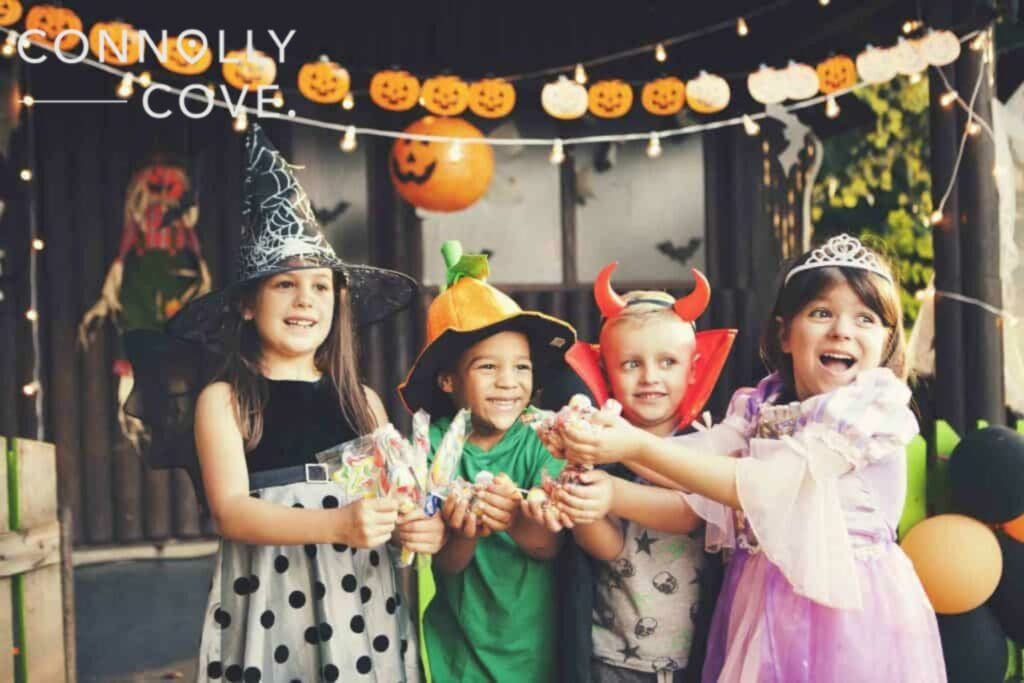
Celtic Festivals: Samhain
Samhain is celebrated on the 31st of October and the 1st of November and signifies the end of the Celtic Year. The Celts were pagans and worshipped the sun, among many other gods. As a result of this, their days actually began and ended at sunset as opposed to midnight.
The celebrations of Samhain began on the 31st of October and ended on the first of November. The pagan festival of Samhain marks the end of the harvest and the beginning of the dark half of the year, or the winter months. It took place about halfway between the autumn equinox and Winter solstice.
The beginning of the Celtic Year was actually at Samhain as the dark months began. Samhain was the time at which the veil between the Otherworld and our world was the weakest, according to the Celts, allowing spirits to pass into our world.
Samhain is the Irish word for the month of November. Samhain is believed to have been derived from the old Irish ‘samain‘ or ‘samuin‘, which roughly translates to summer’s end or sunset. These terms both refer to the end of summer, which would have marked the last sunset of the year, and the Celtic version of New Year’s Eve.
Did you know that Samhain traditions were brought by Irish emigrants around the world, transforming our ancient customs into modern Halloween traditions?
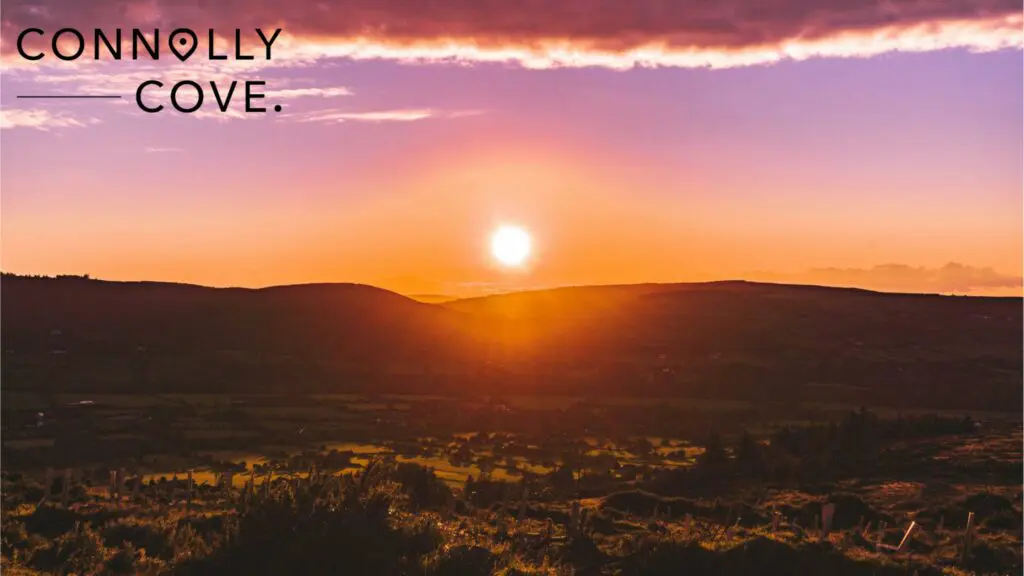
Traditions of the Celtic Festival Samhain
Samhain Traditions include lighting bonfires as a means of protection. People appeased the aos sí by leaving food and drink out to ensure they and their livestock would survive the harsh winter months. It was custom to set a plate of food for the spirits of loved ones as the Celts believed the souls of the deceased also walked among them during Samhain.
Trick-or-treating was a tradition that originated in Samhain. Originally, it involved dressing up as spirits and going door to door, reciting verses in return for food. Dressing up was a way to disguise oneself from spirits as a form of protection.
Ashes from the bonfire were used as face paint, as a form of protection from spirits. This was more common in Scotland, where young men threatened to do mischief if they were not given food, fulfilling the trick part of the modern trick-or-treat tradition.
Turnips were carved into lanterns and brought trick or treating. When Irish people moved to America, pumpkins were more common than turnips, so jack-o’-lanterns were invented.
Divination, a type of fortune telling, was a common activity during Samhain, which included apple bobbing and putting items into Barmbrack, a traditional Irish food. Whichever item a person received in their slice of bread would predict the next year of their life. For example, a ring symbolised the next person to be married, and a coin symbolised newfound riches. It is still tradition to put a ring in brack during Halloween.
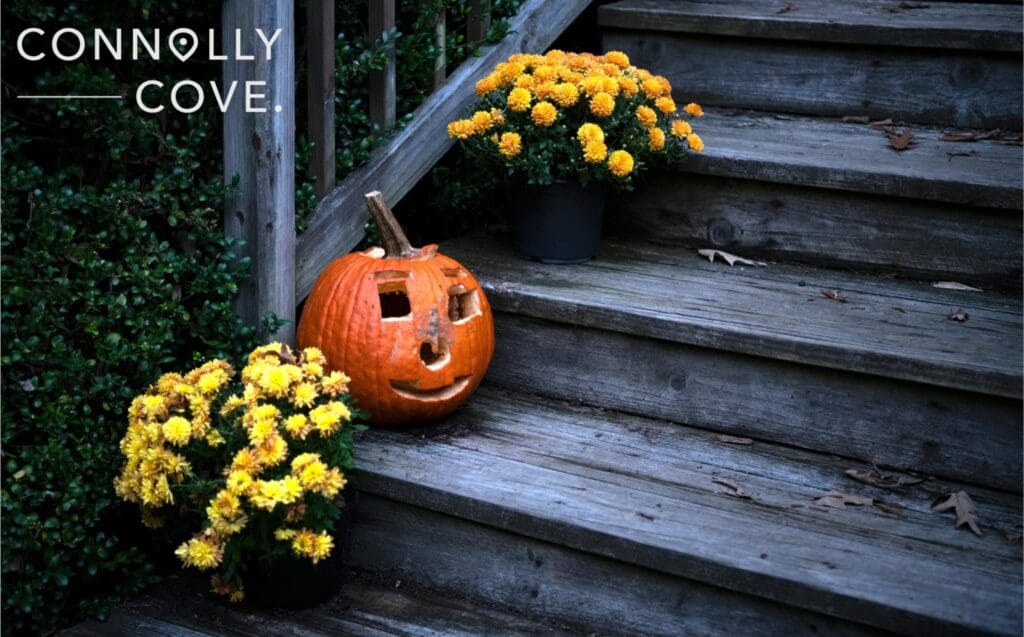
Livestock was accounted for at this time and moved into the low winter pastures. Low-lying fields offered more protection from the elements, and so animals were moved down here. The Christian festivals of All Saints Day and All Souls Day take place on the 1st and 2nd of November, respectively, possibly due to the influence of Samhain and the related theme of both holidays.
If you want to find out more about Samhain and modern-day Halloween, why not check out some of our spooky-themed articles, such as:
- 16 Haunted Hotels in Ireland: Spooky Staycations for Halloween
- Halloween costume ideas: Cheap, Cheerful and Creative designs
- Irish Halloween Traditions throughout the Years
The Connection Between Bealtaine and Samhain
Bealtaine and Samhain were opposite festivals celebrated at the time when the veil between the natural and the supernatural world was at its weakest.
The connection between Samhain and Bealtaine was thought to make them the most important Celtic festivals. They were found at opposite sides of the year and celebrating opposite things; where Bealtaine was a celebration for the living and life, Samhain was a festival for the dead.
Samhain marked the end of the Celtic Year and the time at which the veil between our world and the Otherworld thinned, allowing supernatural spirits, the dead and evil beings into our world, likely due to the transition period of one year to the next.
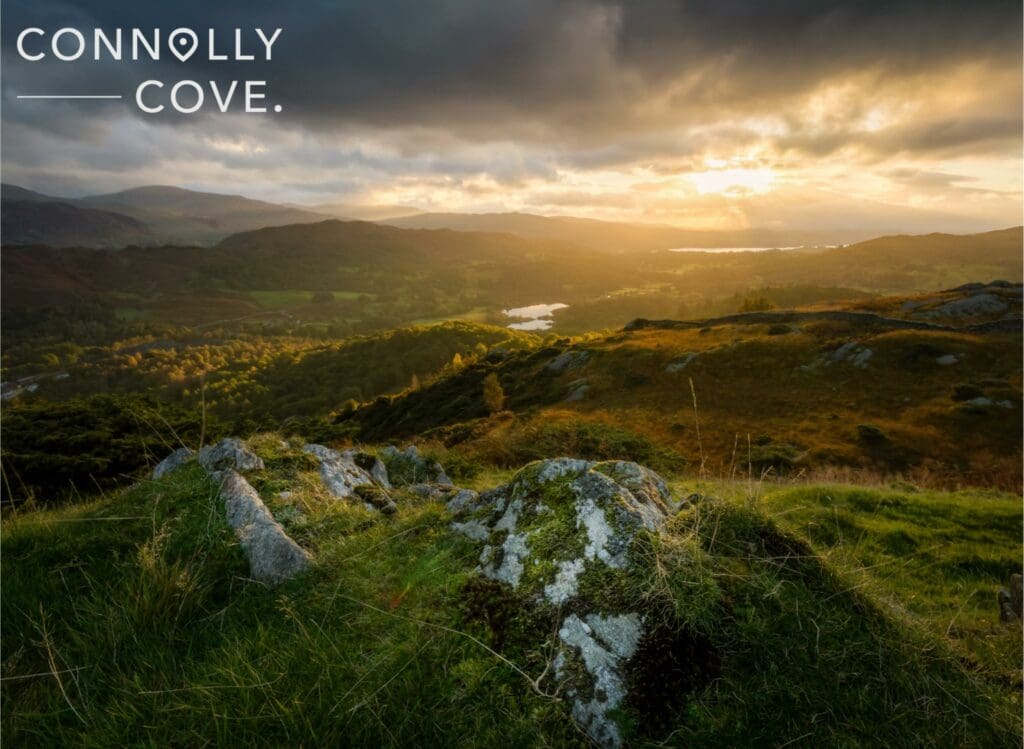
The 4 Celtic Festivals are Fascinating to Learn About
The four major Celtic festivals – Imbolc, Bealtaine, Lughnasadh, and Samhain – represent the rich history of ancient Celtic culture, spirituality, and tradition. These festivals have deep roots in the Celtic calendar and are a testament to the profound connection between the Celtic people and the cycles of nature.
Ireland’s culture is unique. Although we share a lot of similarities to other nations around Europe with Celtic and Christian routes, our traditions have adapted over time. Pagan ways of life were adjusted when Christianity arrived in Ireland. In many other places, a culture was completely destroyed and replaced, but ancient Irish traditions have survived, admittedly in an altered form, into modern-day life.
These festivals, although ancient in origin, continue to resonate in modern Celtic and Neopagan communities, reaffirming a sense of cultural identity, spirituality, and reverence for the natural world. Next time you celebrate Halloween or a summer or winter equinox, take a moment to appreciate the roots of these holidays.
If you have enjoyed this article, check out some other great blogs on our site, such as:
Celtic Gods and Goddesses of Ancient Ireland | Famous Irish people who made history in their lifetime | Symbols of Ireland and their meaning | Kiss Me I’m Irish: St. Patrick Day Traditions






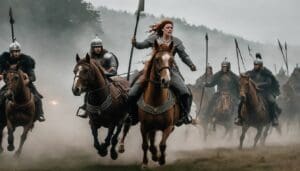
I found this blog to most enjoyable. Now I understand how the Celts divided their year relative to the modern 4 seasons. Is there a web site where I could to say the four names in Celtic?
Glad you enjoyed the blog 🙂
Thank you, there is a lot of misinformation on these holidays especially here in the states. The article is very informative:)
Thank you for the kind feedback.
So glad you enjoyed our blog on the Celtic Festivals 🙂
Thank you for those informations. Here in Barcelona in my daughter’s school We will be celebrating a mix of various traditions on this next 31st of october and I wanted to inform parents and children about where those traditions come from so ur article is really useful.
Thank you